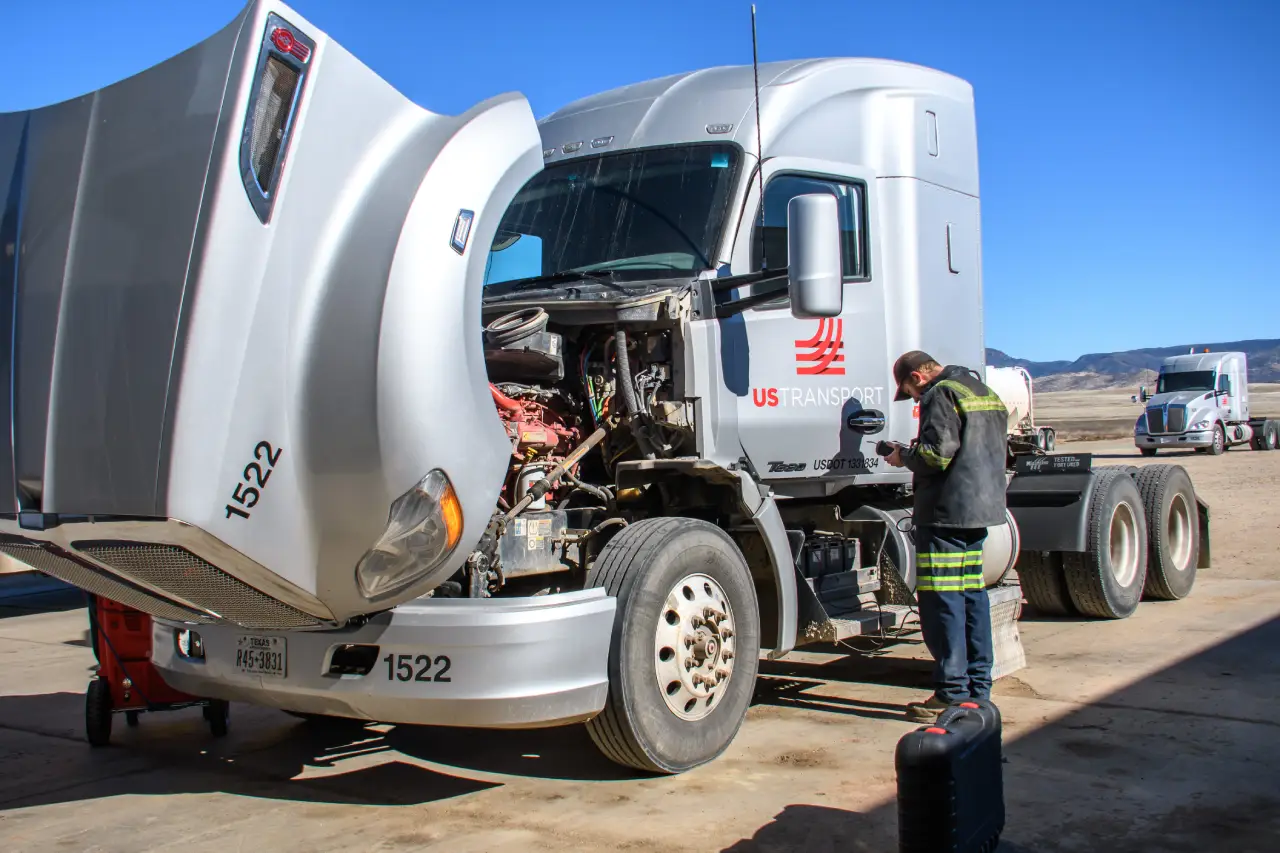DOT Inspections Guide: The Differences Between Annual State, Federal, & BIT Inspections

The DOT periodically inspects truck drivers to ensure they adhere to all regulations. A state police officer or a DOT inspector conducts these inspections. DOT inspections come at six levels and may take anywhere from 15 to 60 minutes. Make sure you are familiar with these six levels so that you will be prepared for your next inspection.
DOT Inspection Level 1: North American Standard Inspection for a Trucker
The most frequent and extensive DOT inspection is level one, performed on vehicles. This level of examination covers a thorough examination of the driver and the vehicle. A DOT official will examine the driver's license, medical records, logs, HOS records, inspection reports, and Hazmat endorsements. The driver will also be examined to ensure they are not under the influence of harmful substances, including alcohol, narcotics, or other drugs. The official will also thoroughly inspect the truck, including how securely attached the load is. The seat belt, brakes, suspension, tires, windshield wipers, headlights, turn signals, steering wheel, and fuel systems should all be examined. The average time to perform this level of examination is 45 to 60 minutes.
Level 2: Driver and vehicle inspection while driving around
The level one inspection and the level two DOT inspection are pretty comparable. Only elements that can be verified without physically going beneath the vehicle will be subject to inspection by the official examining your vehicle at level two instead of level one. It just takes around 30 minutes to complete the level two inspection.
Level 3: Driver-only inspection
The driver-only level three DOT inspection is focused on the driver's credentials. Drivers' licenses, endorsements, medical cards, certificates of skill performance evaluation, RODS, HAZMAT regulations, vehicle inspection reports, and HOS documents are all reviewed during this inspection. Additionally, they are examined for things like seat belts and drug and alcohol use. Usually, it just takes 15 minutes to do this check.
Level 4: Special inspection
A one-time examination of a particular component is part of the level four DOT inspection. This examination is carried out to support or refute a potential trend seen in DOT inspections. The object being examined varies; hence there is no standard amount of time for this examination.
Level 5: Vehicle-only inspection
Only the vehicle examination from the level one DOT inspection is included in the level five DOT inspection. It is necessary to do this check without the driver present. The brakes, diesel, cargo, exhaust, steering, lights, suspensions, tires, steering wheel, trailer, windshield wipers, emergency exits, engine, and batteries are inspected separately from the rest of the vehicle. Performing a vehicle-only check might take up to 30 minutes.
Level 6: Improved NAS inspection for shipments of radioactive material
For individuals transporting radioactive cargo, the DOT level six inspection is required. This kind of inspection entails an increased level one inspection, an enhanced out-of-service criterion and a review of the radiological shipments and requirements. Before they depart for delivery, the driver, the vehicle, and the goods must be free of faults. Those who satisfy the level 6 inspection requirements will get a distinctive sticker. It is handed out at the shipment's point of origin and taken away at the end of destination. Every decal is only suitable for one journey. This check takes the longest to perform, taking around 60 minutes.
Important information about DOT inspections
Every motor carrier in the state that lacked a U.S. DOT identification number has now received one. Motor carriers may choose to show their CA number, U.S. DOT number, or both on their vehicles.
The California Highway Patrol (CHP) will be able to upload all vehicle, terminal, and carrier inspections performed on a motor carrier into the Federal Motor Carrier Safety Administration (FMCSA) Safety Measurement System after receiving the U.S. DOT number (SMS). This system fills the CSA - Compliance, Safety, Accountability SMS with carrier information and safety data.
Have you prepared for the next DOT inspection?
To ensure you are ready the next time you are pulled over for a DOT inspection, keep all of the above information in mind. You shouldn't have to worry about forgetting any stage of a DOT inspection if you are following all the regulations and keeping your truck and trailer in good condition.

.webp)

